 Weightlifting and resistance training are often associated with the “gym bro” or “jock” stereotype, as if the benefits only apply to people chasing new personal records or aesthetic goals. Because of that mindset, some might find it surprising to see an older adult in the weight room. If not to build muscle or break performance barriers, what’s the point? Wouldn’t it be dangerous for someone in their 50s, 60s, or beyond to lift weights? Surely nothing good could come from someone “older” picking up heavy objects regularly, right?
Weightlifting and resistance training are often associated with the “gym bro” or “jock” stereotype, as if the benefits only apply to people chasing new personal records or aesthetic goals. Because of that mindset, some might find it surprising to see an older adult in the weight room. If not to build muscle or break performance barriers, what’s the point? Wouldn’t it be dangerous for someone in their 50s, 60s, or beyond to lift weights? Surely nothing good could come from someone “older” picking up heavy objects regularly, right?
Well readers, it’s time to rethink that line of thought! For aging adults, resistance training offers tremendous benefits that go far beyond bigger muscles or smaller numbers on the scale. Here are a few reasons why lifting weights can be one of the best things you do for your long-term health.
Lifting Weights Builds Balance and Stability
According to the CDC, roughly 14 million older adults in the U.S. experience a fall each year—that’s about one in four adults over 65. Even more concerning, around 40,000 of those falls result in death. The good news? Many of these accidents are preventable.
A consistent strength training routine helps build the muscle needed to improve balance, coordination, and mobility. Stronger legs, hips, and core muscles stabilize your body and reduce your risk of falling in the first place. And if you do lose your balance, those same muscles can help you recover faster and minimize injury. With that confidence, you can move more freely and enjoy an active lifestyle without the constant fear of taking a tumble.
Strength Training Supports Independence
My grandmother has never been a fan of exercise. Because of that, she’s had to make some big adjustments as she’s gotten older. She struggles with walking and now has a live-in nurse to help her with daily activities. When she does get around, she uses a walker that she absolutely despises.
After some convincing, I finally got her to start doing simple upper-body exercises with resistance bands. She’s not thrilled about the soreness, but she can’t stop talking about how much lighter and easier her arms feel when she moves. As happy as I am to see her progress, I can’t help but think how much more freedom she might have if she had started sooner.
Let her story serve as a lesson: staying consistent with strength training helps preserve your independence. By maintaining muscle strength and joint stability, you’ll be better equipped to handle everyday tasks—like carrying groceries, getting up from a chair, or going for a walk—on your own terms.
If You Don’t Use It, You’ll Lose It
Here’s a fitness term worth knowing: sarcopenia—the gradual loss of muscle mass that occurs naturally as we age. It typically begins around age 60 but can start earlier in those who are physically inactive. Sarcopenia can lead to weakness, fatigue, and an increased risk of falls or injury. In some cases, it’s paired with obesity (known as sarcopenic obesity), which combines the challenges of excess body weight and muscle loss.
The good news is that this process isn’t inevitable. Regular resistance training can slow down or even reverse age-related muscle loss. By strengthening your muscles, you’re not just improving your physical appearance—you’re protecting your mobility, balance, and quality of life.
Start Your Strength Journey Today
It’s never too late to start building strength. Whether you’re new to fitness or returning after a break, even small steps make a big difference. Stop by the fitness center desk today for your free workout program and learn how you can safely begin your journey toward a stronger, more confident you—at any age.

 The benefits of strength training apply to individuals of all fitness levels, whether you're a professional athlete, a working adult, or an older adult looking to improve daily function and quality of life. Anyone can benefit from full-body strength training 2-3 days a week at moderate to high intensity for about 30 to 60 minutes. Here are several reasons why you should consider incorporating strength training into your weekly routine.
The benefits of strength training apply to individuals of all fitness levels, whether you're a professional athlete, a working adult, or an older adult looking to improve daily function and quality of life. Anyone can benefit from full-body strength training 2-3 days a week at moderate to high intensity for about 30 to 60 minutes. Here are several reasons why you should consider incorporating strength training into your weekly routine.
.png?width=234&height=293&name=2025%20FC%20Socials%20(13).png) Strength = Running Performance?
Strength = Running Performance?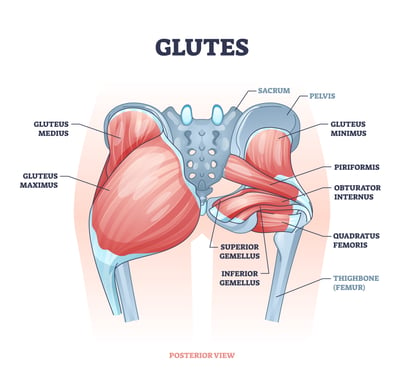 The Gluteal Muscles
The Gluteal Muscles
.jpg?width=532&height=342&name=GettyImages-1083005864(1).jpg) Muscle Mass Gains
Muscle Mass Gains Pull-ups are a great muscle-building exercise. However, many of us struggle to even do one or enough reps to truly take advantage of the muscle-building rewards of this exercise. In this blog I explain why that is, tell you how to improve your pull-ups, and give you a full pull-up progression intended to take you from 0, 1, 2, 3… up to 10 pull-ups in a row or more
Pull-ups are a great muscle-building exercise. However, many of us struggle to even do one or enough reps to truly take advantage of the muscle-building rewards of this exercise. In this blog I explain why that is, tell you how to improve your pull-ups, and give you a full pull-up progression intended to take you from 0, 1, 2, 3… up to 10 pull-ups in a row or more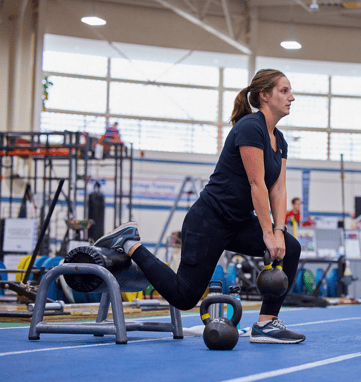 How many times have you or someone you know needed help because they were unable to open the pickle jar? Now, how many times have you heard someone get mad because the pickle jar was too easy to open. I’m guessing you haven’t. Nobody has ever complained about being too strong—a statement I like to tell people when they ask why they should start strength training. There are many benefits of strength training. As we age we lose the physical ability to carry out certain activities. Tasks that were once easy are now difficult to do alone or not at all. These are our activities of daily living.
How many times have you or someone you know needed help because they were unable to open the pickle jar? Now, how many times have you heard someone get mad because the pickle jar was too easy to open. I’m guessing you haven’t. Nobody has ever complained about being too strong—a statement I like to tell people when they ask why they should start strength training. There are many benefits of strength training. As we age we lose the physical ability to carry out certain activities. Tasks that were once easy are now difficult to do alone or not at all. These are our activities of daily living. 
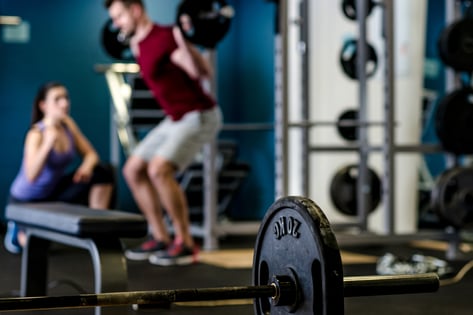 If you are an athlete, powerlifter, or just a person who loves to see progress, you might want to try out cluster set training. This is an advanced type of training designed to get you stronger faster than traditional set training.
If you are an athlete, powerlifter, or just a person who loves to see progress, you might want to try out cluster set training. This is an advanced type of training designed to get you stronger faster than traditional set training. 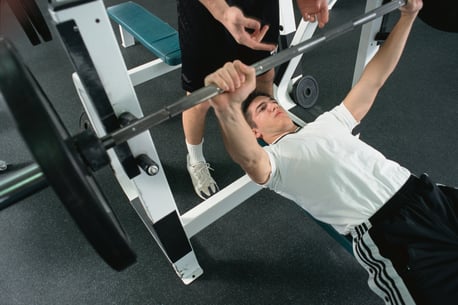 Let me ask you a question. Have you ever hit a plateau in the weight room when it comes to increasing strength? What about when it comes to increasing power output (vertical jump, short distance sprint)? Well if you have, you are not alone. I know I have hit plateaus in the past and it can definitely be frustrating when you are not able to get past it.
Let me ask you a question. Have you ever hit a plateau in the weight room when it comes to increasing strength? What about when it comes to increasing power output (vertical jump, short distance sprint)? Well if you have, you are not alone. I know I have hit plateaus in the past and it can definitely be frustrating when you are not able to get past it.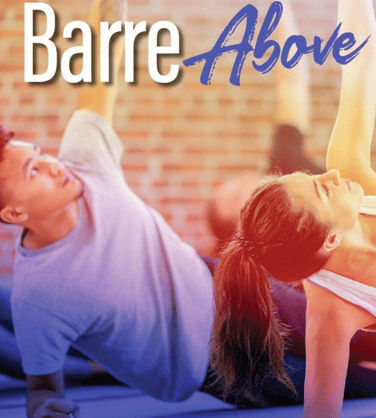 Are you looking for a workout to strengthen and tone muscles without increasing bulk, but have not found anything that you like doing? Have you always wanted to increase your cardiovascular endurance and metabolism but hate doing regular old boring cardio? Well I might have an answer for you…
Are you looking for a workout to strengthen and tone muscles without increasing bulk, but have not found anything that you like doing? Have you always wanted to increase your cardiovascular endurance and metabolism but hate doing regular old boring cardio? Well I might have an answer for you…